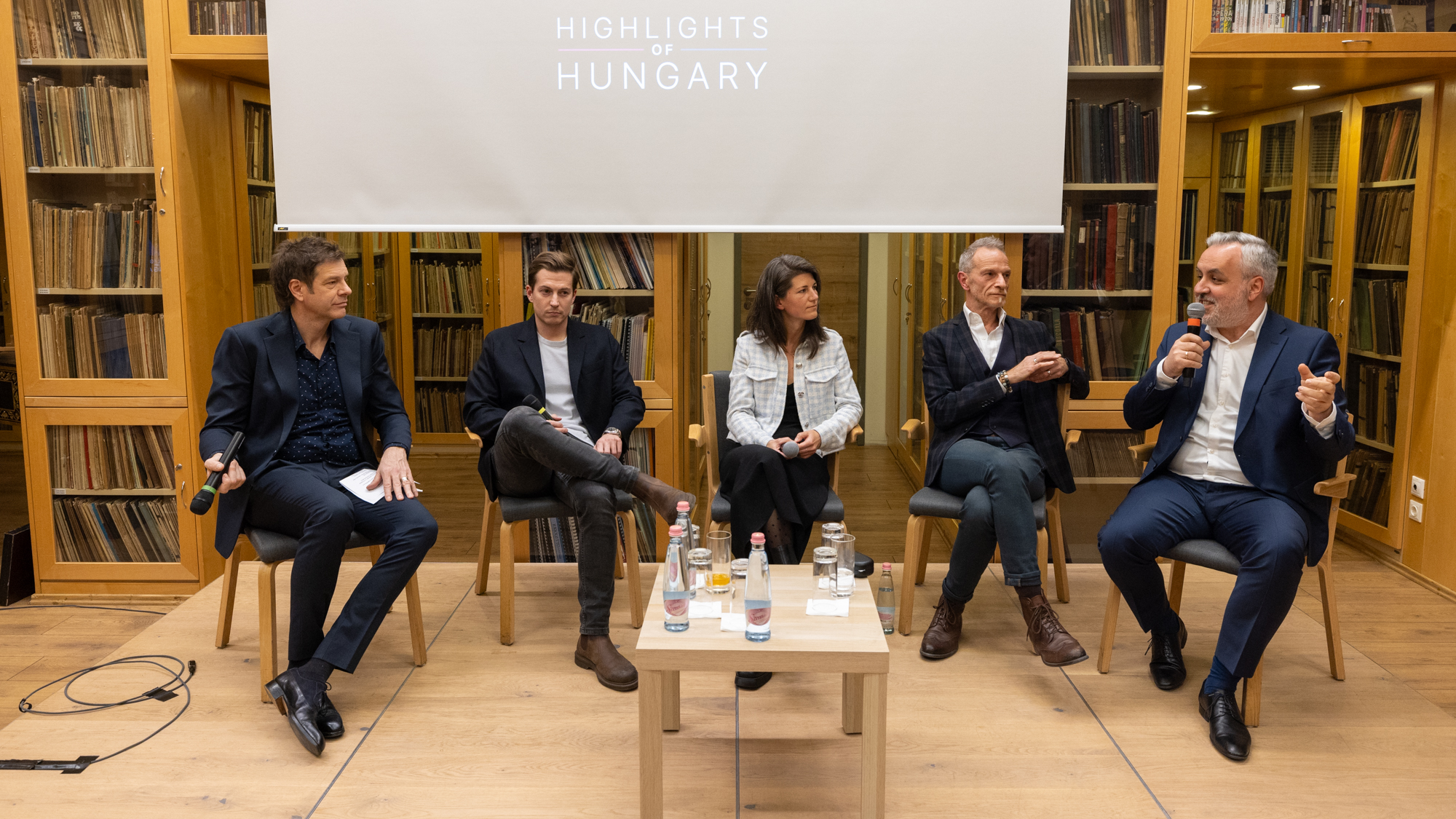In an engaging panel discussion moderated by Attila Till, producer Ákos Takács, designer Apol Temesi, art fair organizer Attila Ledényi, and screenwriter Norbert Köbli shared their diverse perspectives on creativity. Through personal anecdotes and professional insights, they illuminated the processes, challenges, and inspirations behind their work. Each panelist offered a unique perspective on the meaning of creation.
Ákos Takács described his role as a producer as being rooted in organization and vision. ‘Creation, for me, is self-expression,’ he explained, adding that he thrives on realizing out-of-the-box ideas. Whether orchestrating the complex interplay of light, sound, and visuals in a production or assembling a team of experts more skilled than himself, Takács believes collaboration is key.
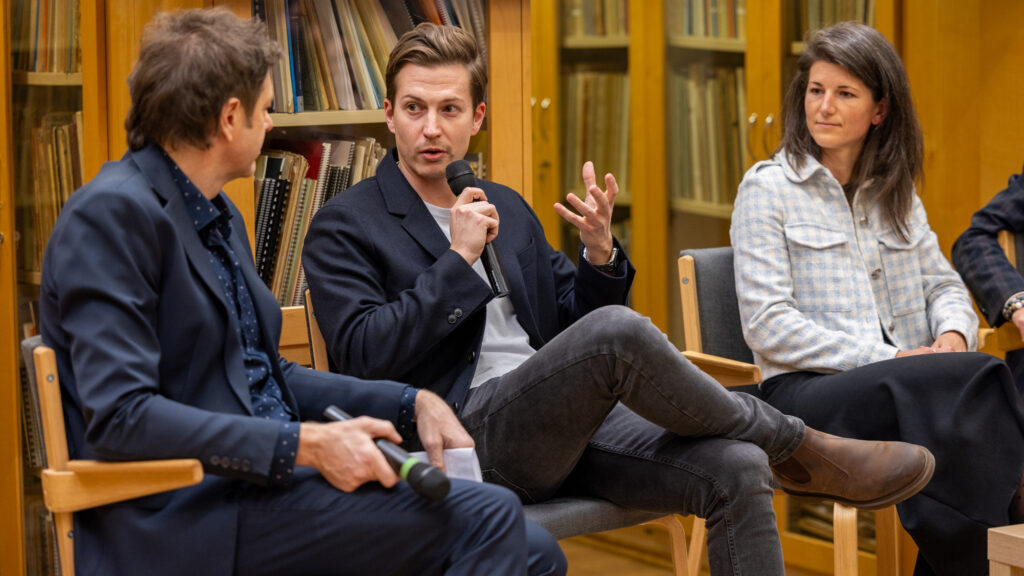
Apol Temesi, who transitioned from solo material research to collaborative design projects, emphasized the communal aspect of her current work. She combines textile waste with botany and interior design, creating sustainable solutions through teamwork. However, she noted that her independent projects—those without marketing considerations—are equally vital for personal fulfilment.
For Attila Ledényi, the founder of Hungary’s largest art fair, art is both a passion and a lifeline. He spoke of his journey from being an art collector to creating a platform that rivals international fairs in cities like London and Paris. ‘The weight of life often pushes us towards art as a way to make sense of hopeless situations,’ he said, framing creation as an essential human response to adversity.
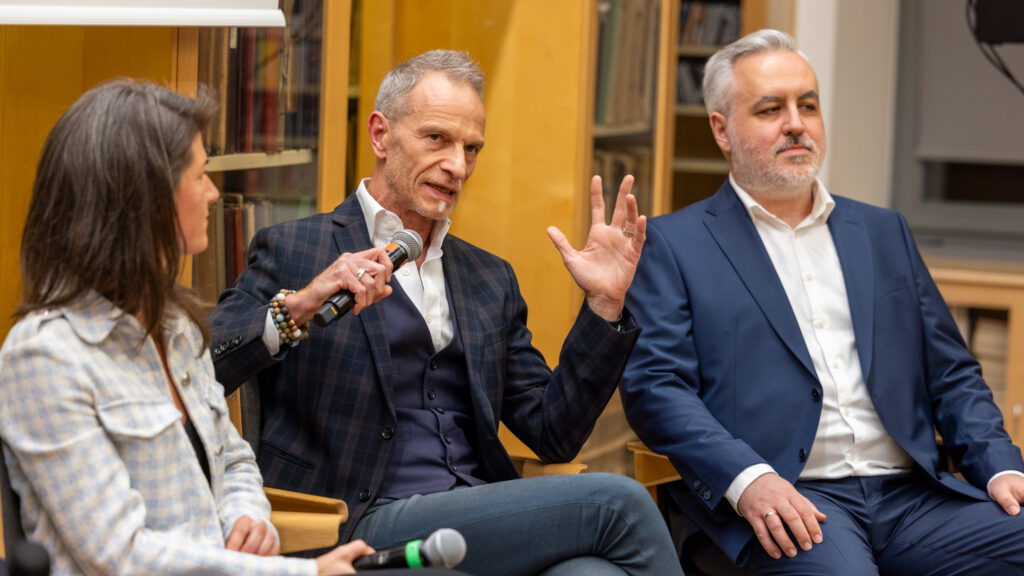
Screenwriter Norbert Köbli described writing as a deeply personal, almost compulsive act. ‘Writing is my shield,’ he said, explaining how it helps him navigate life’s storms. For Köbli, every character he creates embodies fragments of his own personality, making storytelling both a mirror and a refuge.
The discussion also touched on the challenges of collaborative work, particularly in fields where commercial interests often intersect with artistic vision. Köbli, whose work spans drama and film, acknowledged the tension between creativity and the demands of industry stakeholders. ‘In film, every sentence is challenged, and the process is about navigating dead ends to preserve the integrity of the piece,’ he explained. Despite the constraints, he views collaboration as a partnership, relying on directors to maintain the balance.
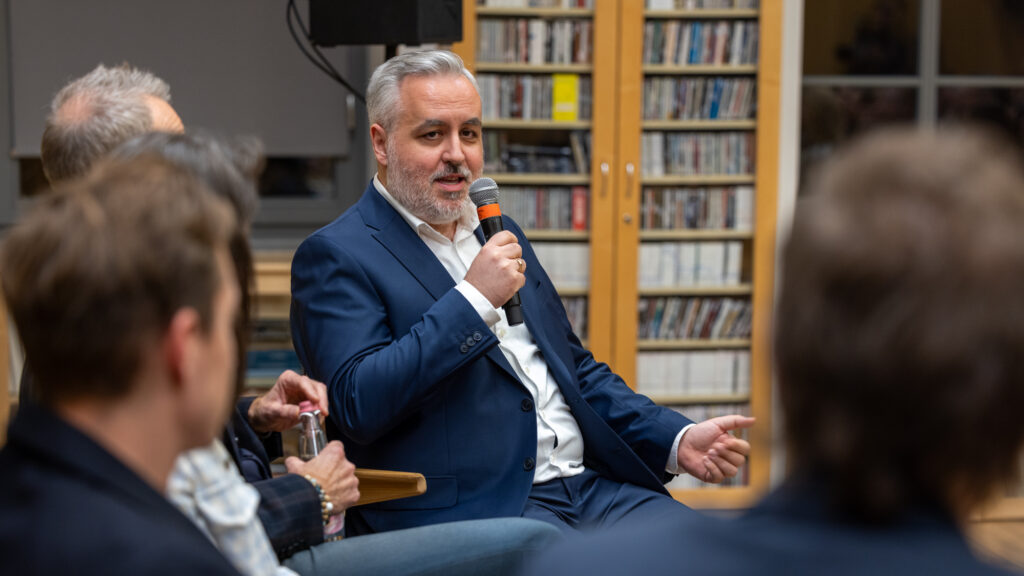
Takács reflected on the importance of creative freedom in his career path. Rejecting the rigidity of a corporate trajectory, he sought opportunities to work on innovative projects with like-minded individuals. He highlighted the Pilvaker initiative as an example of using creative channels to evoke strong emotions, even if it means risking polarizing responses.
Temesi added that consumer education is crucial in her field. As someone who designs acoustic materials using renewable local resources, she emphasized the need to sensitize audiences to sustainable practices.
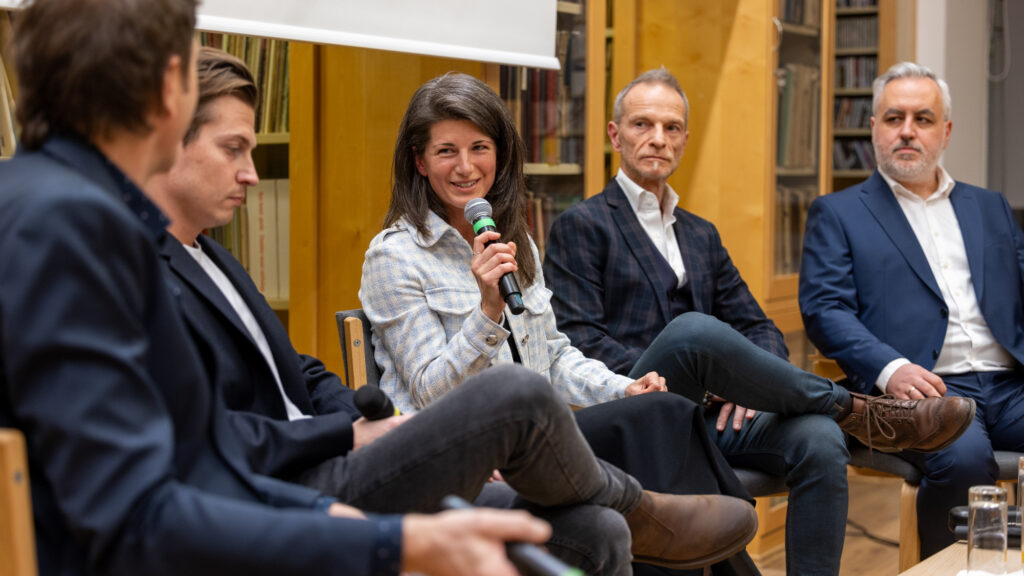
The panelists shared their sources of inspiration and how they keep their creativity alive. For Takács, inspiration comes from the desire to execute ideas he admires but cannot personally create. Temesi’s motivation stems from addressing pressing environmental challenges—her doctoral research on textile waste began after witnessing the decline of Hungary’s textile industry.
Ledényi finds inspiration in challenges, often drawing his most creative solutions from seemingly impossible situations. Köbli, meanwhile, described creativity as a muscle that strengthens with use. ‘Fifteen years ago, I feared I’d run out of ideas,’ he admitted. ‘But the more I work, the more the ideas flow—it’s an inexhaustible resource.’
The panel concluded with a discussion on connecting creative works to audiences. Takács noted that his primary goal is to elicit emotion, even if responses vary. Temesi advocated for educating consumers to foster responsibility in their choices, while Ledényi emphasized the importance of understanding audience behaviour in communication strategies.
Köbli offered a candid perspective on the unpredictability of success in film. ‘No one knows anything for sure,’ he said. ‘Out of ten films, only two might be good, and one successful.’ For him, the measure of success lies in personal authenticity: creating the kind of film he would want to watch, then seeing how others resonate with it.
More from the event:

